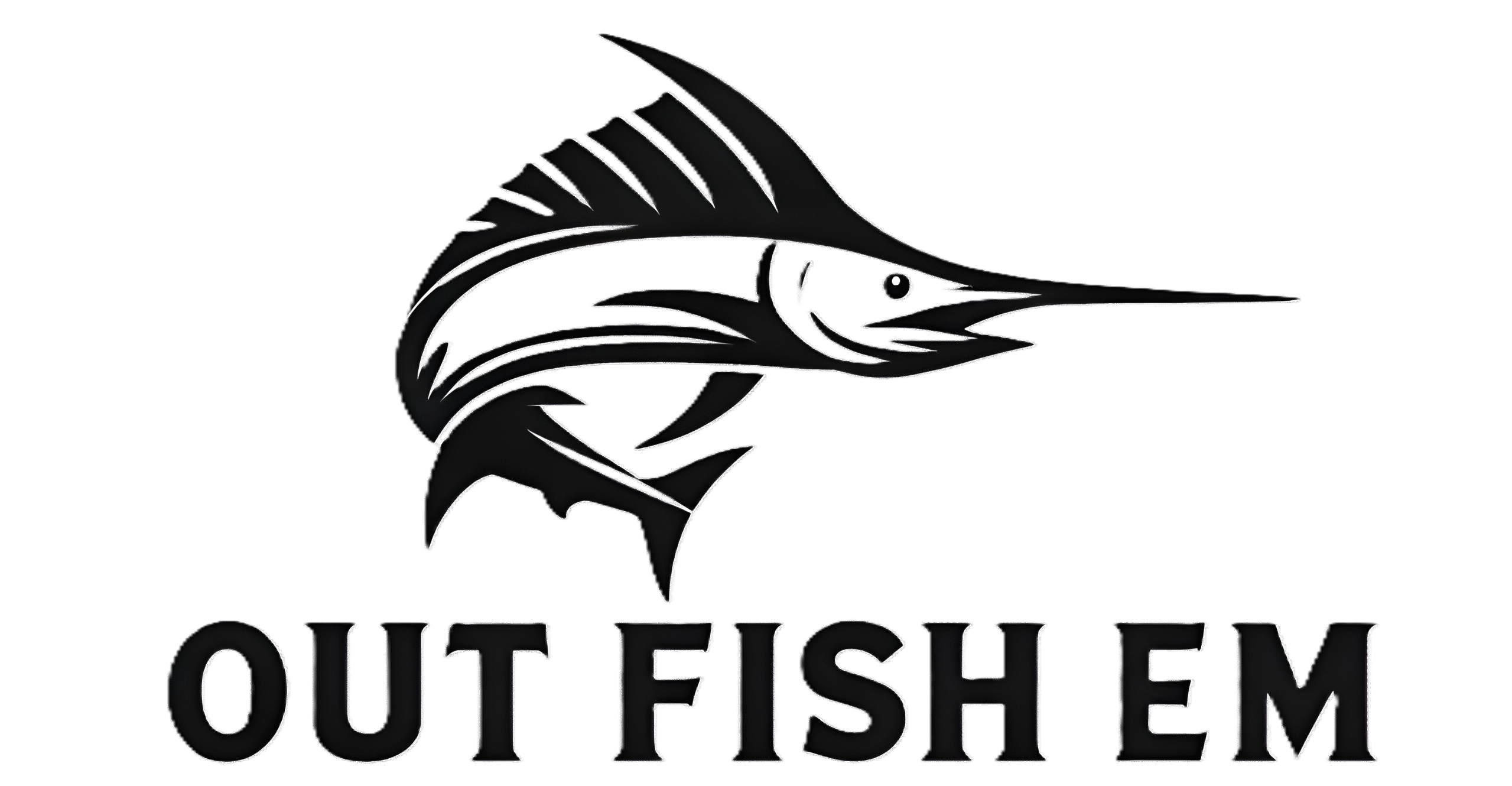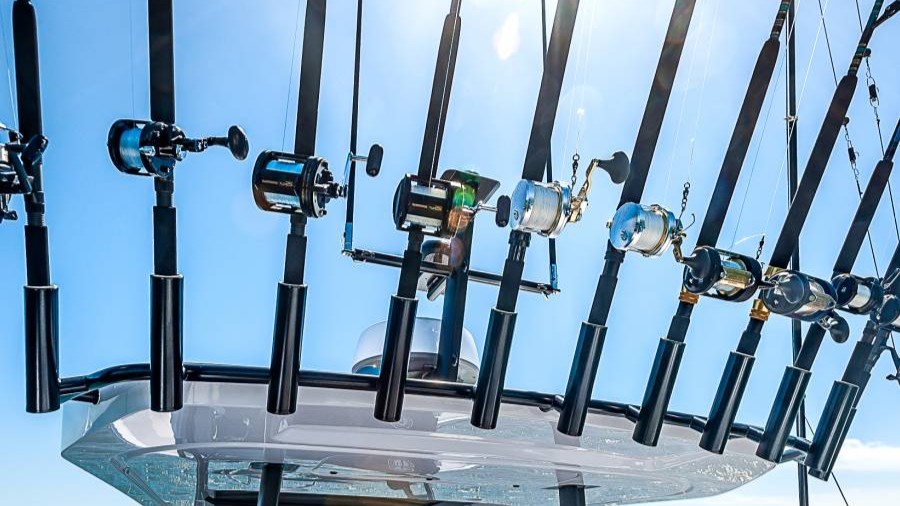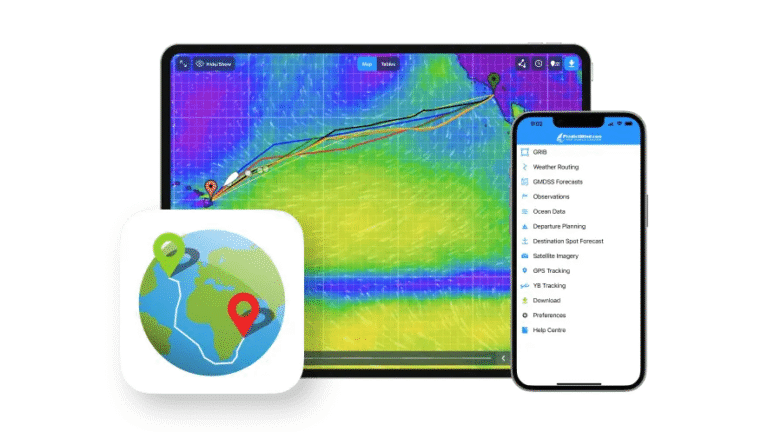Choosing the Right Rod & Reel Setup for Offshore Fishing
How to Choose the Right Rod and Reel Setup for Offshore Fishing
Offshore fishing covers everything from deep dropping for tilefish to jigging for amberjack to trolling for tuna. The right rod and reel setup makes every one of those jobs easier. Choosing properly means less fatigue, more control, and a much higher landing percentage.
Match Your Rod to Your Style of Fishing
No single rod can do everything offshore. Each technique has specific requirements:
- Bottom Fishing / Deep Dropping: 6'6"–7' rods, heavy power, moderate-fast action. You want backbone to pull fish off the bottom and enough tip to detect bites.
- Vertical Jigging: Shorter 5'6"–6' rods, fast action. The shorter length helps drive the jig properly and reduces fatigue.
- Trolling for Pelagics: 6'–7' rods, moderate action. A softer action keeps hooks pinned during long runs.
- Live Baiting: 7'–7'6" rods with a more sensitive tip to detect nervous bait and light bites.
Rod Power & Action Explained
- Power: How much force the rod can handle (Medium, Heavy, X-Heavy). Offshore = go heavier than inshore.
- Action: Where the rod bends. Fast = top third. Moderate = deeper bend.
General offshore rule: Fast action for jigging and bottom contact. Moderate for trolling and fighting big pelagics that surge and run.
Choosing the Right Reel
Your reel should match your rod and your target species:
- Spinning Reels: Great for vertical jigging, snapper, mahi, and lighter tuna work. Look for 30–65 lb braid capacity.
- Conventional Reels: Best for deep dropping, trolling, and big tuna. Higher line capacity and smoother drag under heavy load.
- High-Speed vs Low-Speed: High-speed (6:1) is great for jigging and clearing lines. Low-speed (4:1) gives torque for tuna and deep fish.
Drag Matters More Offshore
Drag is your engine room offshore. You need smooth startup and enough power to control strong runs:
- Spinning Reels: 20–30 lbs of drag for most Gulf species.
- Conventional: 30–45 lbs for tuna, amberjack, grouper, etc.
If your drag skips, grabs, or jitters, it will cost you fish. Offshore species don’t forgive gear failures.
Line Recommendations
- Braid: 30–65 lb for spinning setups; 65–100 lb for conventional. Braid gives sensitivity, strength, and capacity.
- Mono: Still the best for trolling due to stretch. 40–60 lb mono works for most Gulf trolling spreads.
- Fluorocarbon Leaders: 40–80 lb for mahi, tuna, snapper; 100–150 lb for wahoo or reef bruisers.
Species-Specific Setup Guide
- Red Snapper: 6'6"–7' Heavy rod, 5000–8000 size spinner or small conventional. 40–50 lb braid, 40–60 lb fluoro leader.
- Amberjack: 6' Heavy or X-Heavy jig rod, 8000–14000 spinner. 65–80 lb braid, 80–100 lb leader.
- Mahi: 7' Medium-Heavy spinner. 30–40 lb braid, 30–50 lb leader.
- Tuna (20–60 lb class): 7' Heavy spinner or 30-class conventional. 65–80 lb braid, 60–80 lb leader.
- Grouper: Short Heavy conventional rod, 80–100 lb braid, heavy drag.
Do Your Research (Or Let Us Do It For You)
There are a ton of rod and reel combinations out there, and the truth is most anglers end up buying the wrong setup at least once. Do your homework before dropping money on gear — or better yet, check the guides here on OutFishEm. We’ve probably already broken down the best options for the exact type of offshore fishing you want to do.
Don’t Cheap Out Where It Matters
You don’t need the most expensive setup on the water, but you do need:
- Quality drag system
- Proper rod backbone
- Enough line capacity
- Reels that don’t flex under load
Offshore fish find every weakness in your gear. Spend money where it counts — drag, line, and rod power.
Final Thoughts
The best offshore setup is the one built for the job you’re doing. Match your rod, reel, line, and drag to your target species and fishing style, and you’ll land more fish, fight them faster, and enjoy your time offshore a whole lot more.


